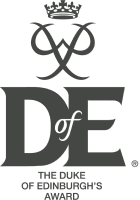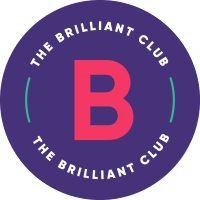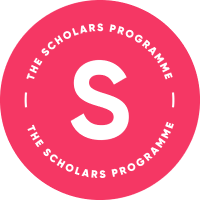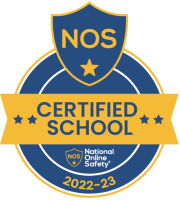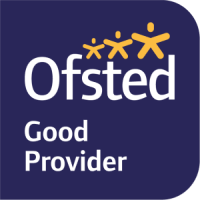Further Maths
This subject is part of the Faculty of Mathematics, Enterprise and Computing
Our Head of Faculty is
Mr J Pridden jpridden@tcat.school
Our subject teachers and emails are
Mr D Warmington dwarmington@tcat.school
Our subject intent
The GCSE Further Maths content is delivered alongside GCSE Mathematics. This enables the learners to broaden their knowledge in further mathematical concepts and extends their indivdual knoweldge to the higher levels. They develop transferable skills which are applicable to a range of other subjects.
Curriculum Subject Offer
|
|
Half term 1 |
Half Term 2 |
|
Autumn |
|
|
|
Spring |
|
|
|
Summer |
|
|
|
|
Half term 1 |
Half Term 2 |
|
Autumn |
|
|
|
Spring |
|
|
|
Summer |
|
|
Within each subject we have our own specific personalised marking and feeback policy.
|
Faculty: Maths |
|
|
|
KS4 ~ Further Maths |
|
Verbal dialogue |
Teachers circulate with purpose, checking students’ work, marking if appropriate and collecting information on whole-class strengths, errors, misconceptions, knowledge gaps etc. The teacher adjusts their lesson accordingly. |
|
Self/peer assessment |
During lessons, students mark their own work, by either the class teacher reading out the answer or using the answers in the back of the text books. Students provide written feedback through strengths/targets and annotations, as appropriate (not needed every lesson). Peer and self-assessment should be completed in blue pen. |
|
Whole Class Feedback |
When students have completed a unit of work, books will be collected in and the class teacher will look through the work covered during that topic and make notes on the students’ strengths and areas for development. Teachers are not expected to make any comments in the student’s books. Teachers will then use this information to provide whole class feedback on what students are doing well and how students can improve their work further. This will be delivered to the whole class at the start of the next lesson. Evidence of whole class feedback will be in students exercise book, written in blue pen. |
|
Written comments |
Teachers in this department are expected to provide written comments (2 strengths and 1 target) twice each half term, for each class they teach. These can take the format of either differentiated DIRT tasks or Knowledge checks. DIRT (Dedicated improvement and reflection time) Students complete a self-assessment task within class and identify an area of weakness they feel they need to work on. The class teacher will provide a selection of short tasks, one for each of the learning objectives covered. Knowledge checks A couple weeks after the completion of a unit of work, students are given a set of questions covering all the learning objectives covered. These are completed individually, where students are allowed to use their blue books to help recall information needed to complete the question. These tasks are to be marked by the class teacher identifying strengths and areas for improvement, which will be shared the following lesson. |
|
Frequency of feedback |
Verbal dialogue will take place as and when required throughout every lesson Self/peer-assessment ~ Students are expected to mark their own work and make any corrections in blue pen as required throughout the lesson. ~ After completion of formal assessments, students fill in a ‘student self-assessment’ where they RAG rate their performance in each of the learning objectives covered in the assessment. Whole class feedback At least once in every unit of work, as appropriate for the pace of the class. Written comments This will happen around twice per half term, as appropriate for the pace of the class. |
|
Response to feedback |
Students should mark all their work in blue pen. After self/peer-assessments students should be given time to complete corrections or annotate their work in blue pen. Whole class feedback can take a variety of formats, class teacher decides what is appropriate for individual classes. This could be a matching exercise, differentiated questions, fill in the blanks or answer key questions relating to that particular topic. Written comments may consist teacher using a marking code and then students copying the strengths and targets from the board. |
|
Summative assessment |
1 x formal assessment each half term. Main focus of each assessment is that half terms learning objectives. Also included are questions from prior learning from this key stage |
